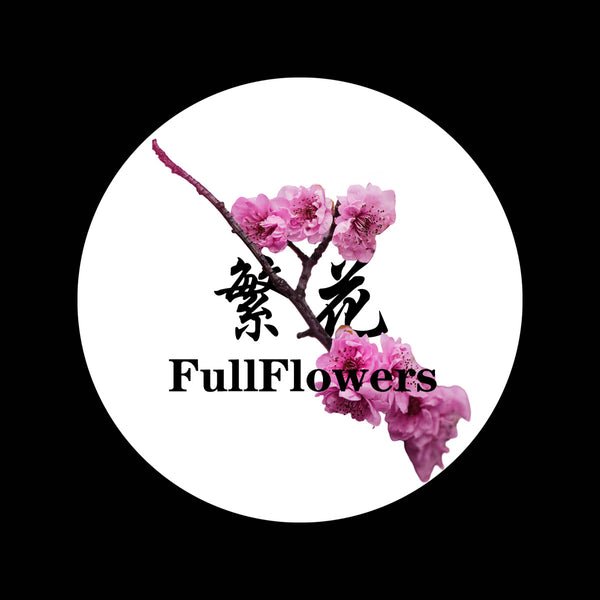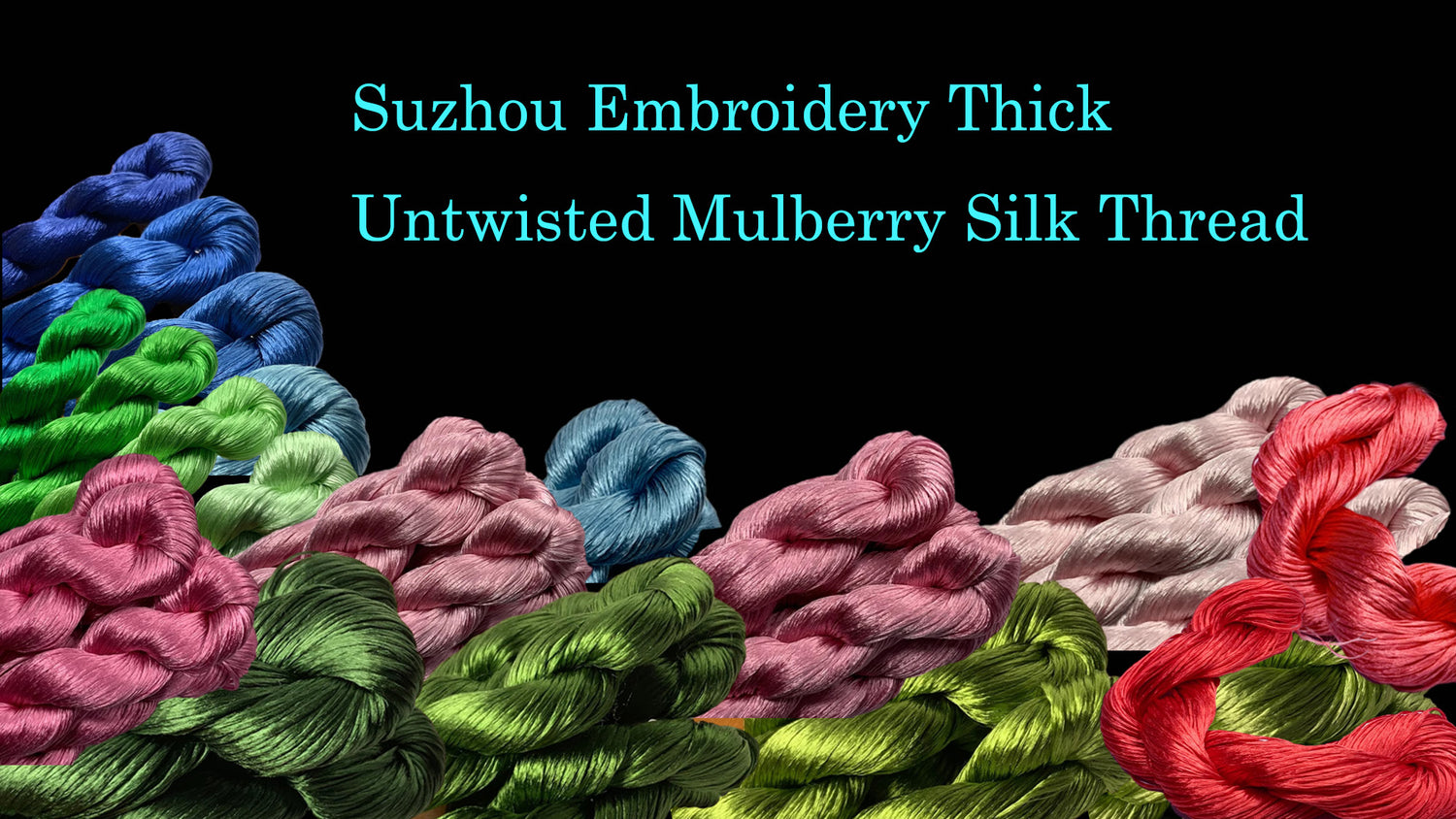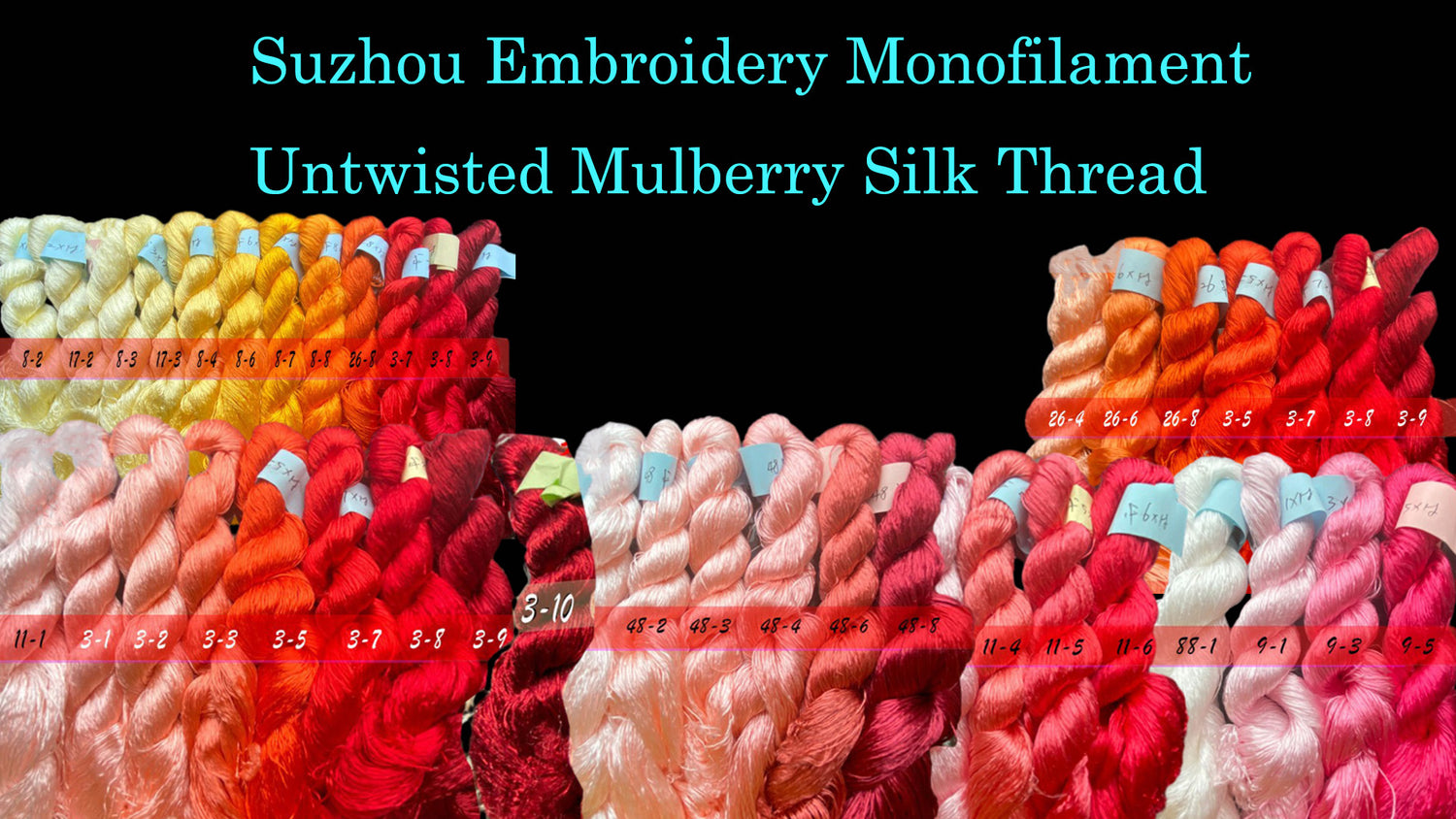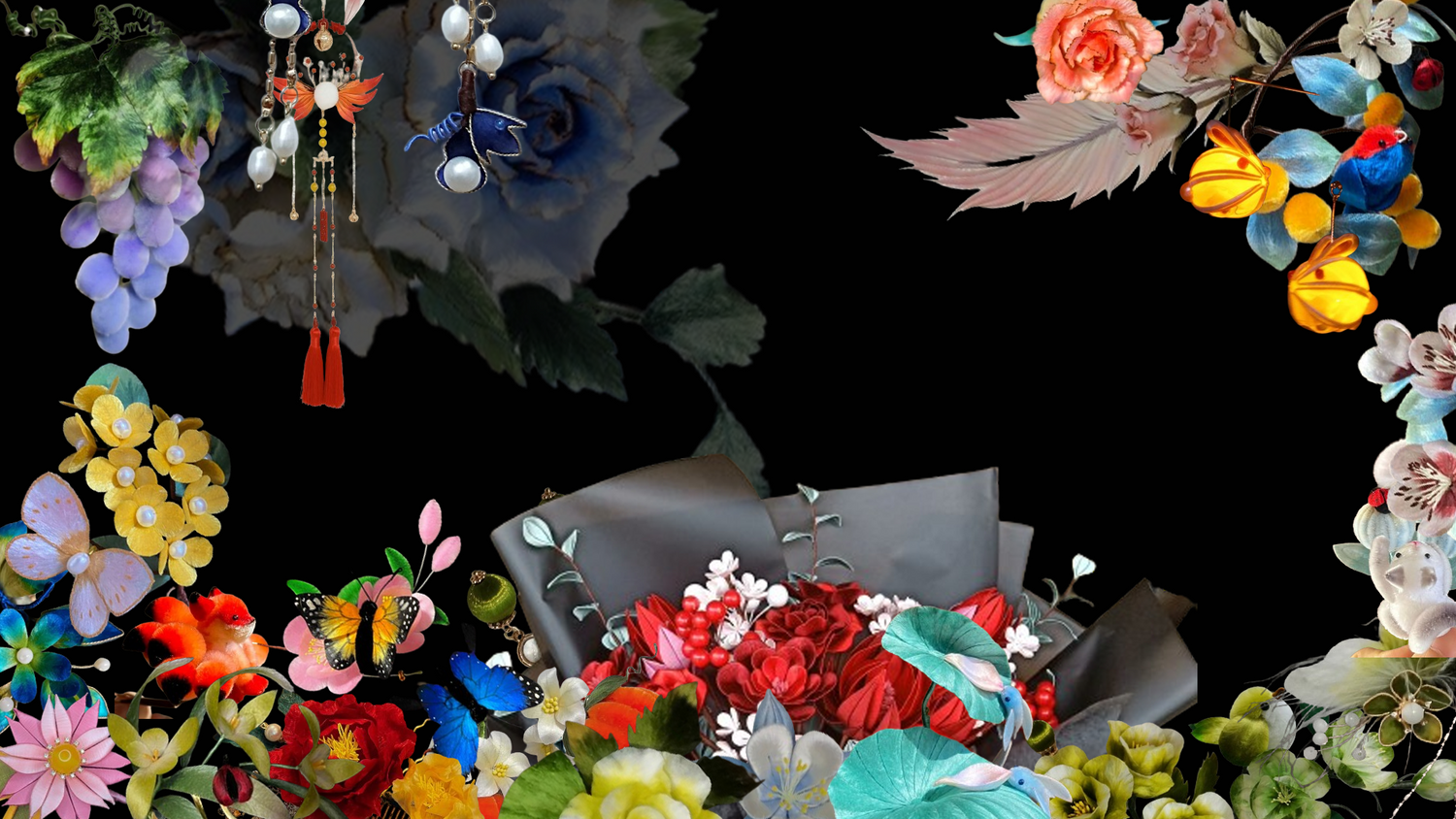
The Origin of Ronghua(Velvet Flowers)
Share
History of Ronghua(Velvet Flowers):
Ronghua(Velvet Flowers), also known as palace flowers or festive flowers, are a collective term for velvet handicrafts. They flourished during the Ming and Qing Dynasties and reached their peak in the late Qing Dynasty and early Republic of China, with Beijing, Nanjing, and Yangzhou becoming famous production areas. In the Qing Dynasty, it was customary for brides to wear red Ronghua(Velvet Flowers), symbolizing good fortune and celebration. The term "Ronghua" sounds like "glory and wealth" in Chinese, aligning with the auspicious culture of China.
According to "Brief Accounts of Relics in the Old Capital," it is recorded: "At that time, it was a trend for Manchu and Han women to wear flowers, especially women with Manchu hairstyles who favored colorful and novel artificial flowers." The Palace Museum in Beijing still houses various Ronghua(Velvet Flowers) worn by Qing Dynasty concubines, which remain vibrant even after a century.
Schools of Ronghua(Velvet Flowers):
Ronghua(Velvet Flowers) can be categorized into Northern and Southern styles. The Northern style, represented by Beijing and Tianjin Ronghua(Velvet Flowers), specializes in abstract designs. Examples include "Prosperity and Abundance," composed of the characters for "fortune," "prosperity," "longevity," and "happiness" along with fish shapes; "Wealth and Prosperity" featuring gourds and bats; and "Five Blessings Embrace Longevity" featuring five bats and a longevity peach.
The Southern style, represented by Nanjing and Yangzhou Ronghua(Velvet Flowers), excels in creating lifelike floral shapes with soft colors, making them more visually appealing compared to the abstract Northern style.
The differences between Northern and Southern styles lie in the production steps and aesthetics. The author of this book adopts Northern techniques in making Ronghua(Velvet Flowers) and Southern color schemes. Readers should not be overly concerned about following either style exclusively; by following the steps in the book, they can master the process of making Ronghua(Velvet Flowers).
Overview of the Velvet Flower Making Process:
Transforming raw silk into finished Ronghua(Velvet Flowers) involves over a dozen steps, including boiling silk, dyeing, annealing brass wire, splitting velvet, tying velvet, cutting strips, aligning strips, twisting strips, shaping, assembling, and finishing.
Before starting the detailed production, some preparations are needed. First, boil the raw silk in an alkaline solution to turn it into refined silk. Then dye the silk according to different requirements and hang the dyed silk on bamboo rods to dry. Additionally, anneal the brass wire in a charcoal furnace at high temperatures. The specific steps for making Ronghua(Velvet Flowers) are as follows:
Splitting Velvet: Divide large bundles of velvet silk into smaller portions suitable for 5 cm velvet strips.
Tying Velvet: Bind the annealed brass wire to the velvet strips, ensuring the wire is neither too tight nor too loose.
Cutting Strips: Use scissors to cut the prepared velvet strips according to the arrangement of the brass wire.
Aligning Strips: Ensure the brass wire is centered in the velvet silk; adjust immediately if misalignment is found.
Twisting Strips: Twist the velvet strips in one direction using finger strength.
Shaping (including "Tipping"): Shape the velvet strips with scissors and use tweezers to bend them into various shapes.
Assembling: Assemble the individual parts using silk thread.
Finishing: Make final adjustments to the shape of the Ronghua(Velvet Flowers) using tweezers.








